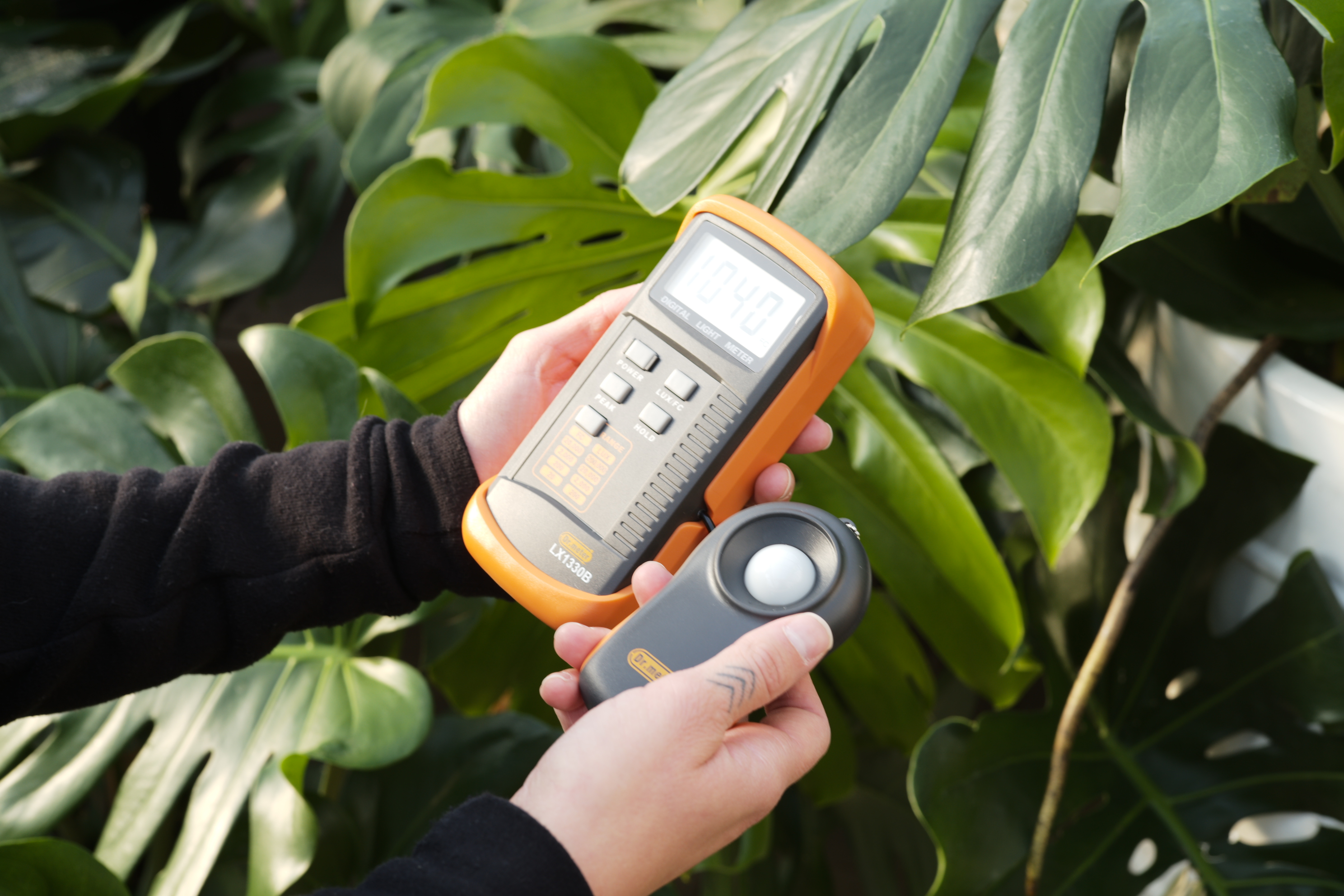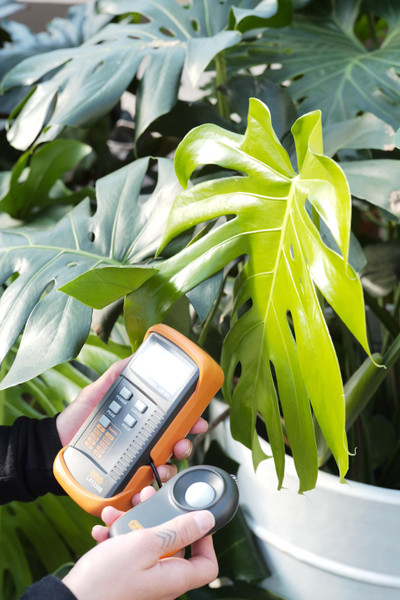All About Light Meters
Posted by Jessie Jacobson on Jan 22nd 2021
When selecting a new plant, the first question you should ask yourself is: “What kind of light do I have?” To determine what kind of light we have (and who has light?!), we usually look to the direction of the sun. North facing windows are low light, East provide medium light, and Southern and Western exposures bring on the bright light. If only it was that easy.

Light is a complicated. If you use the Google machine, light can also be described as a stream of photons, massless packets of energy, travelling with wavelike properties at the speed of light. Plants eat light, more or less. Plants actually trap light energy with their leaves and use that energy to change water and carbon dioxide into a sugar called glucose. Yum, yum!
Light is not always what your eyes perceive. Our eyes adjust to light in a room and we make assumptions about how bright the light really is. And, as we age our perception of light and color changes. So instead of placing your plants in what you think is the best light, let’s measure light and find out what we are really working with!
Get yourself a light meter. The best $37.99 you ever spent on Amazon. We like the Dr. Meter light meter. Add to cart!
Light meters measure light in Foot Candles, Lux or both. It’s kind how we measure in the US (what is that system called?) vs. the metric system. Just a simple conversion. For our conversation, 1 foot candle = 10 lux. Quick break for definitions:
Foot Candle: a unit of illumination equal to that given by a source of one candle at a distance of one foot on an area of one square foot.
Lux: a unit of illumination equal to the direct illumination on a surface that is everywhere one meter from a uniform point source of one candle intensity or equal to one lumen per square meter
Ahh! Too confusing. Let’s talk about what plants like. I was lucky enough to have a conversation about light and light meters with my good friend Darryl Cheng, author of The New Plant Parent and founder of House Plant Journal, which you can find all over the internet. If you want to nerd out - watch our conversation below.
Darryl has the most amazing light meter chart in the history of charts. Go there now, then come back!
In summary, low light plants will tolerate light levels in the range of 100 fc - 300 fc, but you might not see optimal growth. High light plants crave light levels closer to 1,000 fc indoors to maintain and thrive. One thing to keep in mind, you may get a light reading of 300 fc candles right next to the window but move a few feet to the interior of the room and that reading can drop 10-fold. In greenhouses where plants grow and live, light levels reach the 1,000 fc - 5,000 fc range. Levels that are exceedingly difficult to replicate in our homes.
More light can solve most of our houseplant problems and set us up for success. All plants need to see the sky!
Thanks for reading. See you at Tonkadale!

